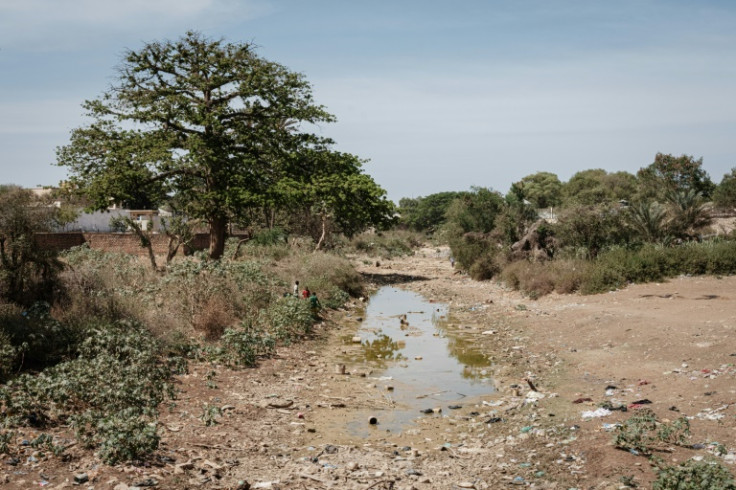Drought in Somalia may have killed 43,000 in 2022, half of them under age 5, says UN
Somalia has seen five consecutive failed rainy seasons, leaving millions of people in a desperate situation.

As many as 43,000 people may have died in Somalia last year due to the ongoing drought in the country, according to a new report released by the Somalian government.
The study, which was led by the London School of Hygiene and Tropical Medicine, revealed that half of the casualties were children under the age of five.
The grim statistics further revealed that the number of deaths due to the conditions created by the drought could reach up to 34,000 in the first half of the current year. This implies that between January 2023 and June 2023, 135 deaths might occur per day.
The report was released on Monday by Somalia's health ministry together with UNICEF and the World Health Organisation (WHO).
"These results present a grim picture of the devastation brought on children and their families by the drought," said UNICEF's Wafaa Saeed while presenting the report in Somalia's capital, Mogadishu.
Mamunur Rahman Malik, a representative of the World Health Organisation encouraged the world to come forward to prevent more deaths.
"We have seen deaths and diseases thrive when hunger and food crises prolong. We will see more people dying from the disease than from hunger and malnutrition combined if we do not act now. The cost of our inaction will mean that children, women, and other vulnerable people will pay with their lives while we hopelessly, helplessly witness the tragedy unfold," read a statement from Malik.
The report has not come out of the blue. Somalia has seen five consecutive failed rainy seasons, leaving millions of people in a desperate situation. An acute food shortage has put nearly two million children at risk of malnutrition.
The United Nations warned of this situation in a report last year. Around 650,000 people have been forced to flee their homes because the country is in the grip of one of its worst droughts seen in decades, per the UN report published in 2022.
"Multiple African countries are projected to face compounding risks from: reduced food production across crops, livestock, and fisheries; increasing heat-related mortality; heat-related loss of labor productivity; and flooding from sea-level rise," it said.
The July 2011 famine in Somalia killed an estimated 258,000 people, mainly women and children, while 45,000 people died in late 2016 due to a potential famine. There have now been five successive severe rain failures, and the country is also rocked by political instability and conflict.
The failed rains have led to multiple failed harvests, and the situation has only worsened due to the COVID-19 pandemic and climate change. Only timely international assistance can avert a possible disaster, say experts.
The war in Ukraine has only exacerbated the situation and put millions of people across the world at risk of malnutrition. Poor harvests coupled with severely limited imports of grain because of the Russia-Ukraine War have created instability and hunger conditions throughout the region.
According to the Observatory of Economic Complexity (OEC), Somalia used to import 90 percent of its wheat from Russia and Ukraine before the war broke out between the two countries.
The war has led to an overall increase in food prices due to several factors, such as a rise in gas prices, fuel prices, and fertiliser prices. According to researchers at Edinburgh University, as many as 100 million people will be left undernourished if the fertiliser price rise continues.
Sub-Saharan Africa, North Africa, and the Middle East will be the most affected regions if actions are not taken to tackle this situation. A United Nations report also revealed that the world is already behind in achieving the Sustainable Development Goal of Zero Hunger by 2030. According to United Nations official Martin Griffiths, "famine is at the door" in Somalia."
© Copyright IBTimes 2025. All rights reserved.





















